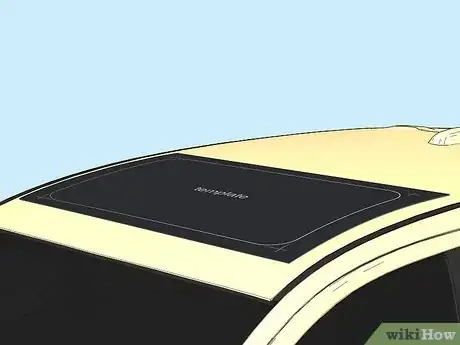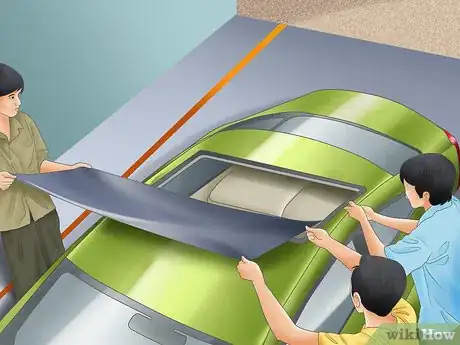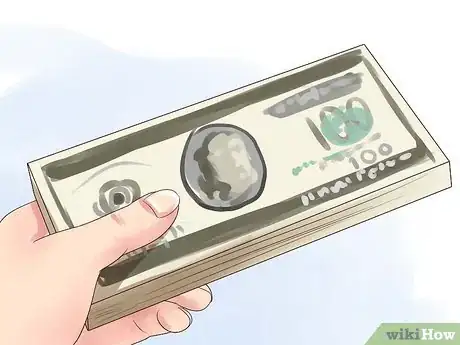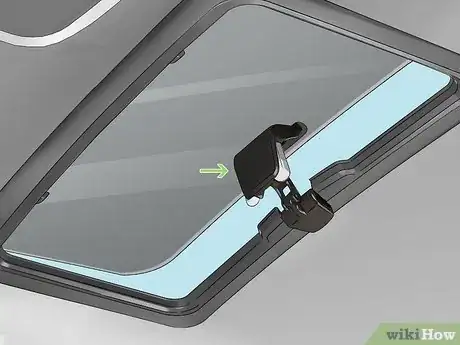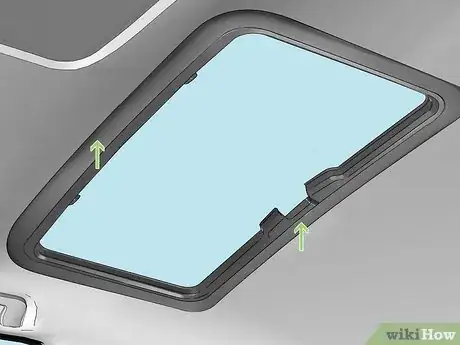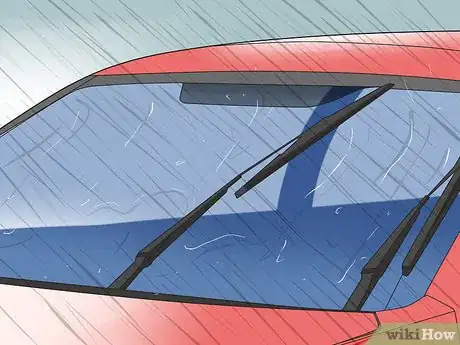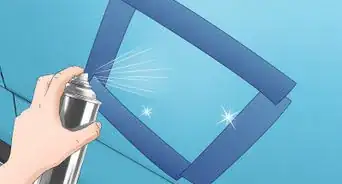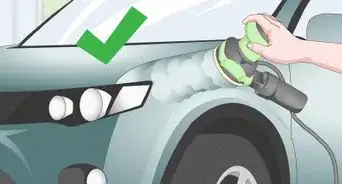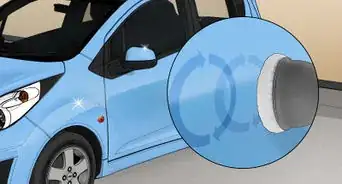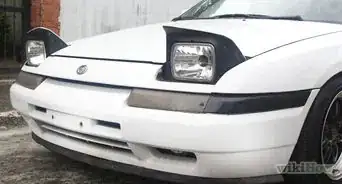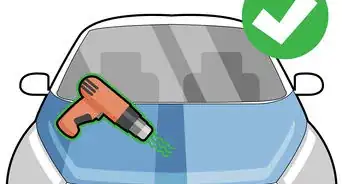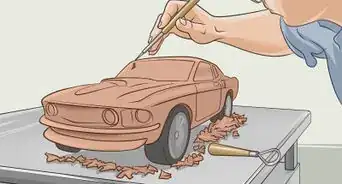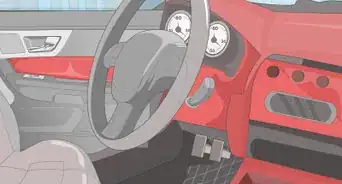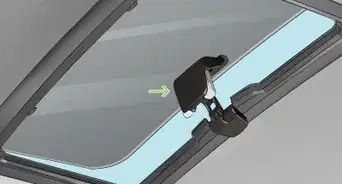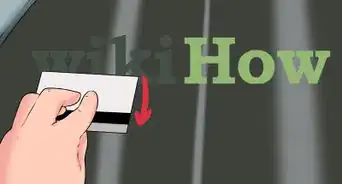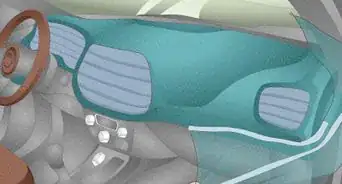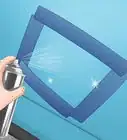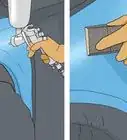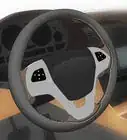This article was co-authored by wikiHow staff writer, Dan Hickey. Dan Hickey is a Writer and Humorist based in Chicago, Illinois. He has published pieces on a variety of online satire sites and has been a member of the wikiHow team since 2022. A former teaching artist at a community music school, Dan enjoys helping people learn new skills they never thought they could master. He graduated with a BM in Clarinet Performance from DePauw University in 2015 and an MM from DePaul University in 2017.
There are 8 references cited in this article, which can be found at the bottom of the page.
Learn more...
You’re in the market for a new car, picturing yourself driving along a scenic route on a beautiful day with your sunroof popped open. Or maybe it’s called a moonroof. What’s the difference again? Although “sunroof” and “moonroof” are used almost interchangeably these days, there are a few technical distinctions that make a difference in how they look and feel while you’re driving. In this article, we’ll show you the differences between the two, plus the most popular styles, the cost, and the pros and cons of having one. Regardless of which one you choose for your next car, you’ll be glad to have the extra breeze and sunlight!
Things You Should Know
- Sunroofs are opaque panels in the roof that pop or slide open to let in both fresh air and sunlight. They’re more common in older cars.
- Moonroofs are glass panels in the roof that are covered by a sliding, opaque interior cover. They can stay closed to let in light, or can pop or slide open to let in air, too.
- Sunroofs and moonroofs can both provide fresh air and natural light, make your car feel bigger, and act as an escape hatch in accidents or emergencies.
Steps
References
- ↑ https://thenewswheel.com/what-is-the-difference-between-a-moonroof-and-a-sunroof/
- ↑ https://www.hotcars.com/sunroof-vs-moonroof-heres-the-differences/
- ↑ https://www.metromile.com/blog/difference-between-sunroof-and-moonroof/
- ↑ https://cartreatments.com/sunroof-vs-moonroof/
- ↑ https://cartreatments.com/sunroof-vs-moonroof/
- ↑ https://cartreatments.com/sunroof-vs-moonroof/
- ↑ https://www.motorverso.com/panoramic-sunroof/
- ↑ https://cartreatments.com/sunroof-vs-moonroof/
- ↑ https://housegrail.com/how-much-does-it-cost-to-install-sunroof/
- ↑ https://motorhills.com/pros-and-cons-of-having-a-sunroof-in-a-car/
- ↑ https://www.91wheels.com/news/pros-and-cons-of-panoramic-sunroof
- ↑ https://motorhills.com/pros-and-cons-of-having-a-sunroof-in-a-car/
- ↑ https://www.91wheels.com/news/pros-and-cons-of-panoramic-sunroof
- ↑ https://motorhills.com/pros-and-cons-of-having-a-sunroof-in-a-car/
- ↑ https://www.91wheels.com/news/pros-and-cons-of-panoramic-sunroof
- ↑ https://motorhills.com/pros-and-cons-of-having-a-sunroof-in-a-car/
- ↑ https://www.91wheels.com/news/pros-and-cons-of-panoramic-sunroof
- ↑ https://www.metromile.com/blog/difference-between-sunroof-and-moonroof/
- ↑ https://www.metromile.com/blog/difference-between-sunroof-and-moonroof/
